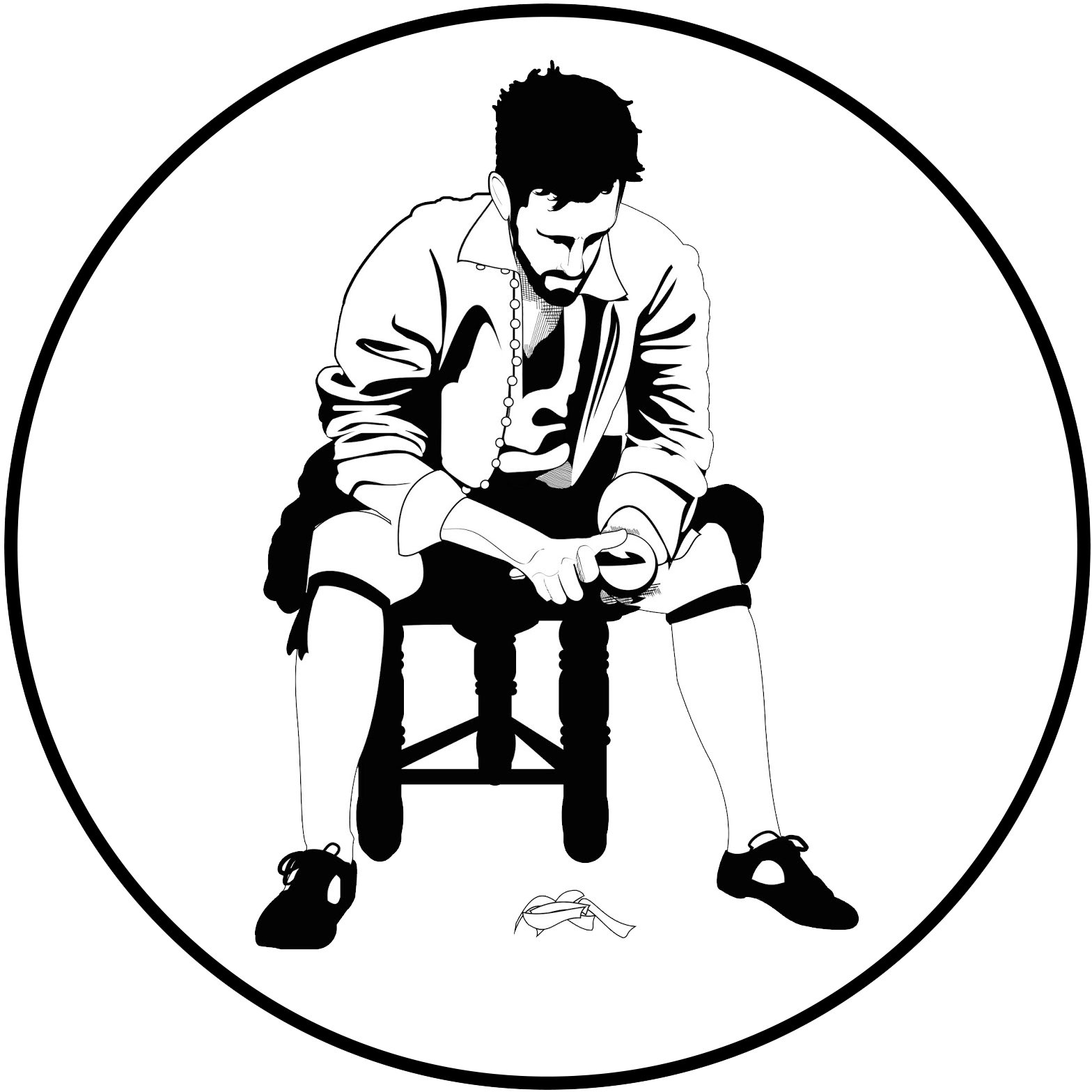If you’ve been around this blog long enough, you’ll know that I have a hammer problem.
The truth, though, is that the problem doesn’t lie with me, it lies with the seemingly endless modifications and customizations that craftsmen undertook between the 16th century and now. As each generation passed their tools on to the next, they also passed along the modifications they’d made, and those modifications were further modified until each craft evolved a separate and distinct set of hammers, often varying wildly between cultures.


When you see me working here on the blog, often what’s in my hand is really the end result of this evolutionary process.
It’s a process which seems to have mostly stopped. Maybe because of automation and machinery, but also because artisans are now free to borrow liberally from each other without fear of condemnation from their peers. I was conversing the other day via Instagram with a French Belgian bookbinder who uses a French pattern blacksmith’s hammer. Apparently, it works brilliantly and they’re less expensive than purpose-made bookbinding hammers in the same size.
Maybe the restrictions on who could use what tool was what funneled those evolutionary forces, or maybe things became so specialized that there was nowhere left to go. Perhaps these tools are at the apex of their potential.
So it is with the “bookbinding hammer” I’m using to back my books is a 19th century shoemaker’s hammer. These are common hammers, mass produced during their heydey in the hundreds of thousands across decades. (They might still be making them for all I know.) This commonality makes them a frequent find in antique stores. Because until very recently, shoemaking and repair were a more common trades than bookbinding, they outnumber “proper” bookbinding hammers by a ratio of easily 50:1 and modern bookbinders use them widely for this reason if no other.
Bookbinding manuals these days seem to take it as writ that most of their readers will be welding a cobbler’s hammer instead of one of the more specialized bookbinding models.
So, my hammer looks nothing like the hammers we see in the woodcuts and it never will.
Does it matter?
I sincerely doubt it.
The only specialized hammer you see consistently depicted by Amman and others is a massive thing known as a ‘beating hammer’. For other tasks, one assumes 16th century bookbinders used whatever hammer was available in their geographic area, appropriately sized for the task.

Those big beating hammers are rather similar to a blacksmith’s flatter hammer except typically made out of brass, either way significantly heavier than even the largest shoemaking hammer.
As I understand it, these beaters were used to flatten books by force, pounding the air spaces out of the textblock. This decreased the amount of ‘swell’ you would see at the spine from all those folded signatures, so the finished text block was nice and square… or moreso than it would be anyway.
It looks both violent and tiring, but I’m sure there was a certain nuance to it or you’d pound out all those carefully-laid stitches and make a mess. Also, paper is tough stuff, but wail on it with hammer long enough and it will fail.
Unfortunately, beating hammers are even less common than the usual bookbinders hammers, so I don’t have one available to test. I’ve reached out to my friends who blacksmith and we’ll see if anyone is willing to loan me an iron flatter so I can experiment with that at least. Or maybe I can learn hammermaking.
I can tell you that my wrists are not looking foward to the prospect.
More later, as always.
~ Scott
Further reading:
RaisedHeels.com: My online friend Francis wrote an extensive and wonderful investigation of the shoemaker’s hammer on his cordwaining blog a while ago. You really should go read it.
JeffPeachey.com: Noted conservator and bookbinding historian (for want of a better way to describe the man) is somewhat obsessed with the history of his craft, especially the tools. His A Census of Beating Hammers was especially instructive.
Notes on Bookbinding for Libraries, By John Cotton Dana, Librarian Free Public Library, Newark, N. J. 1910 via Project Gutenberg
Encyclopédie, ou Dictionnaire raisonné des sciences, des arts et des métiers by Denis Diderot, 1751 via Wikisource, admittedly from the section on shoemaking.

[…] of the blades prior to 1658 (see Szirmai footnote, below) or how the shapes evolved. Considering how much variation we see in other tools across the cultures, I doubt there was much consistency at all so early on. To really complicate things, the earliest […]
LikeLike